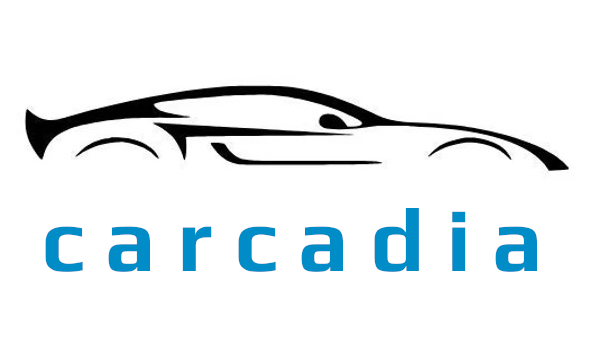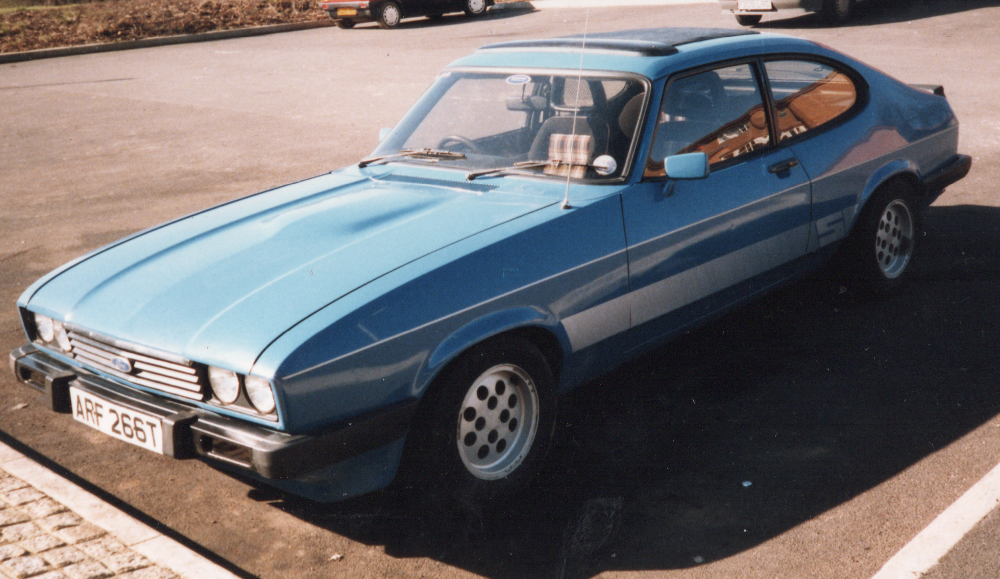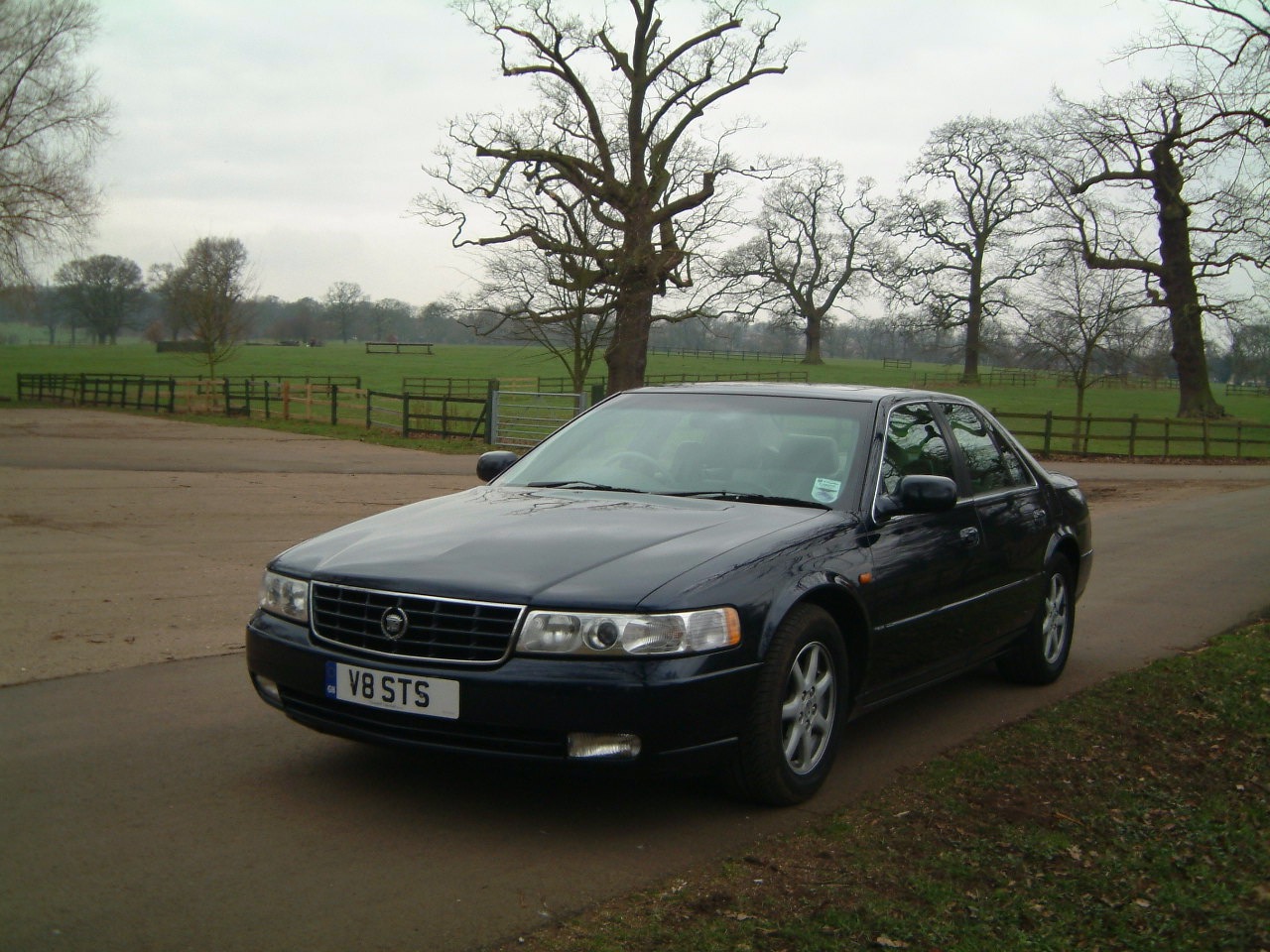In a time, far, far away – 1988 to be precise, I owned a blue 1979 3.0S Ford Capri MkIII. This was my affordable alternative at the time to a desirable American V8 which were pricer and an insurance penalty at my young age of 23! The choice of my Capri was inspired by a 3.0 S driven by characters Bodie & Doyle in the ITV series “The Professionals“.

The car I thought looked cool at the time sitting lower than the lesser powered Capri’s, with its silver S stripes along the doors, chequered Recaro front seats adorned with fishnet headrests and shod with seven inch wide silver pepper pot alloys (from a later 2.8i Capri model).
Twin exhaust pipes on a performance exhaust sealed the powerful Capri look. The 3.0 V6 Essex engine had the factory standard Weber carburettor hidden by the standard air filter pan. I trusted the car on long journeys and I was always a fan of larger engined cars for enduring those longer mileage journeys.
On a 150 mile round trip one Saturday for work, I was driving home through the north Blackwall tunnel, when the car started jerking and misfiring. I thought to myself, no, not now, here in the tunnel!
I had previously on another journey read a sign at the entrance of the tunnel, that said “In the event of a breakdown, stay put and rescue will come”. However, I thought that adhering to that rule would be unsafe and any breakdown would result in obstructing one of the two lanes.

Coughing and spluttering, I drove on but my speed reduced irrespective of my throttle control for some reason. I just wanted to make it out of the tunnel then maybe I could then investigate what the problem was. Then “bloody hell”, the car cut out slowing to halt in forth gear. I tried starting it again to no avail. “Bollocks!”

Hazards on. I sat there for what seemed liked ages, looking in my rear view mirror hoping no vehicle was going to run into the back of me. After probably only five minutes, a Land Rover with flashing yellow lights pulled up behind me. The driver approached my car and asked me to confirm that I had broken down.
He then pulled in front of me and advised he was going to tow me out of the tunnel. Tow line attached to my front towing eye, ignition on (to negate the steering lock engaging), neutral selected from my 4 speed gearbox, he towed me out of the tunnel to a lay-by looking area.
I had approximately half a tank of fuel. After we both looked under the bonnet for anything obvious and a few more attempted to start her, the driver called the AA who I was with at the time. I did not have a mobile phone then. Seems a bit surreal now thinking back that you had no easy instant communication – you would have to find a phone box! The AA said that they should be with me within approximately forty minutes. So, that gave me time to do my own investigation.
As I had fuel, I thought maybe it was an electrical issue. I therefore removed one of the six HT leads and placed the end near a metal surface. Turned over the engine – a frequent periodic cycle of sparks were there. Great, electrics eliminated. Now to check the fuel. Air filter pan removed, easy, one wing nut. I identified the fuel supply pipe, the other was a fuel return pipe. After some safe positioning of this pipe away from the hot manifold and where I could see the pipe from outside the drivers side with my arm though the window to the ignition, I turned the engine over. Nothing, no fuel coming out. Strange.
I guessed this engine had a manual fuel pump so less likely to fail than an electric one. The engine was just not getting any fuel. So, after inspecting visible petrol pipes in the engine bay, a lie down on the floor whilst trying not to get too dirty from the road, I scanned the length of the fuel pipes all the way back to the fuel tank. Aha! Just going into the fuel tank sender units, it appeared that there were two curved plastic pipes that were joined via hoses and clips to the metal fuel pipes. The plastic pipes did not look correct, they were flatter and mis-shaped in appearance. In fact, a closer examination revealed them to be flat in the middle so no fuel could pass through them. How did that happen?
What was in the vicinity of these pipes – a performance large girthed exhaust pipe! The large pipes ran down both sides of the car to the left and right tailpipes. I rocked the exhaust from side to side and it was possible for it to come in contact with these plastic pipes. The heated exhaust had melted the pipes closed, thus starving the car of fuel. The position of the exhaust near the fuel lines was obviously dangerous too! How long had that been happening ?
The AA van arrived, I showed him my findings and he explained that this was a first in his experience. I was towed home via a two stop piggy backed relay.
The car was designed, engineered and measured using standard components and tolerances and the factory supplied exhaust would not have caused this problem.

Modification in this case, by a previous owner enthusiast, had resulted in an infringement to the tolerances under the car and the larger bored exhaust pipes were basically a hazard.
I replaced the damaged plastic pipes, re-hung the exhaust pipes at a slightly different angle, which luckily made the area safe and my daily driving resumed. I owned the car for a few more years, with an occasional check and did not encounter any further problems. The size of the pipe did matter! ©





